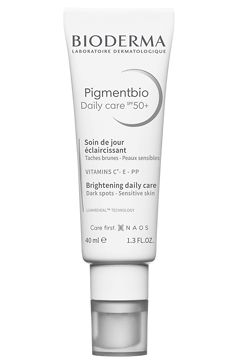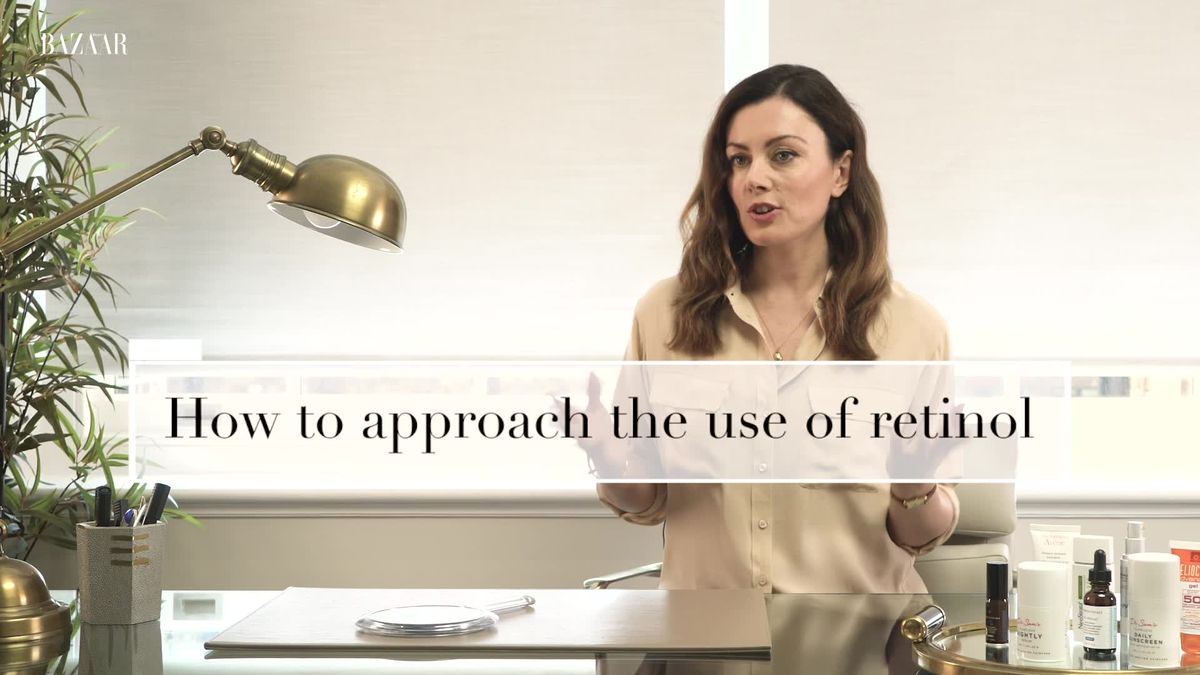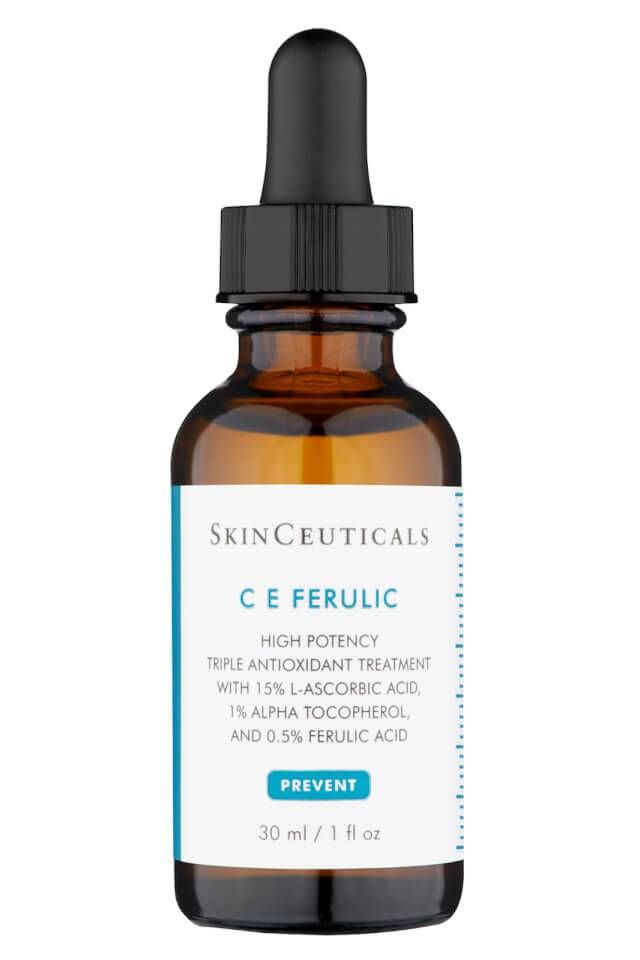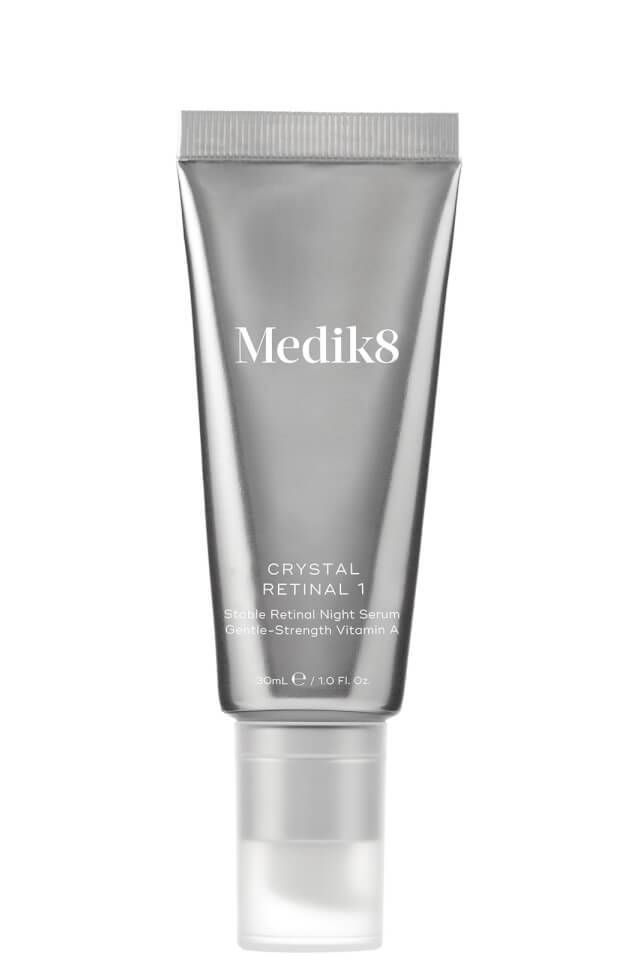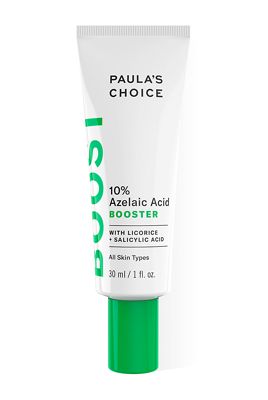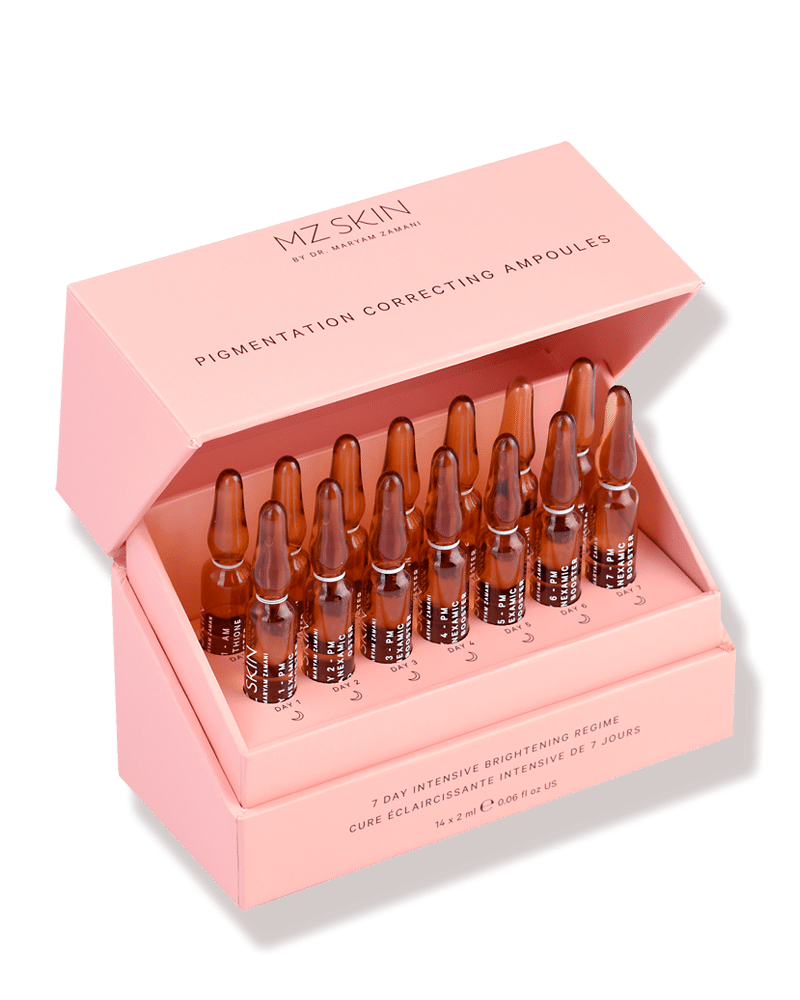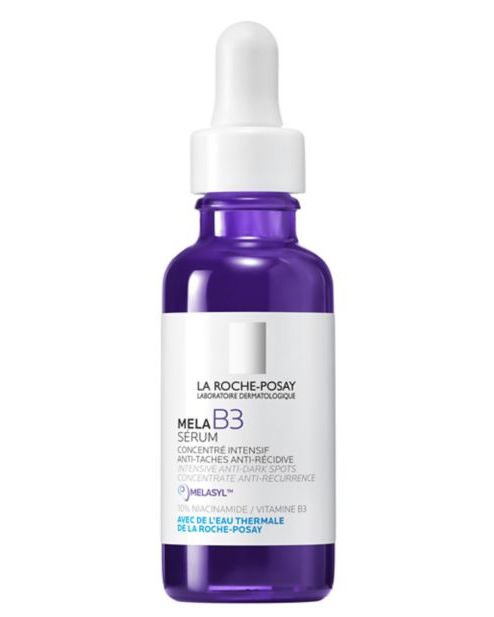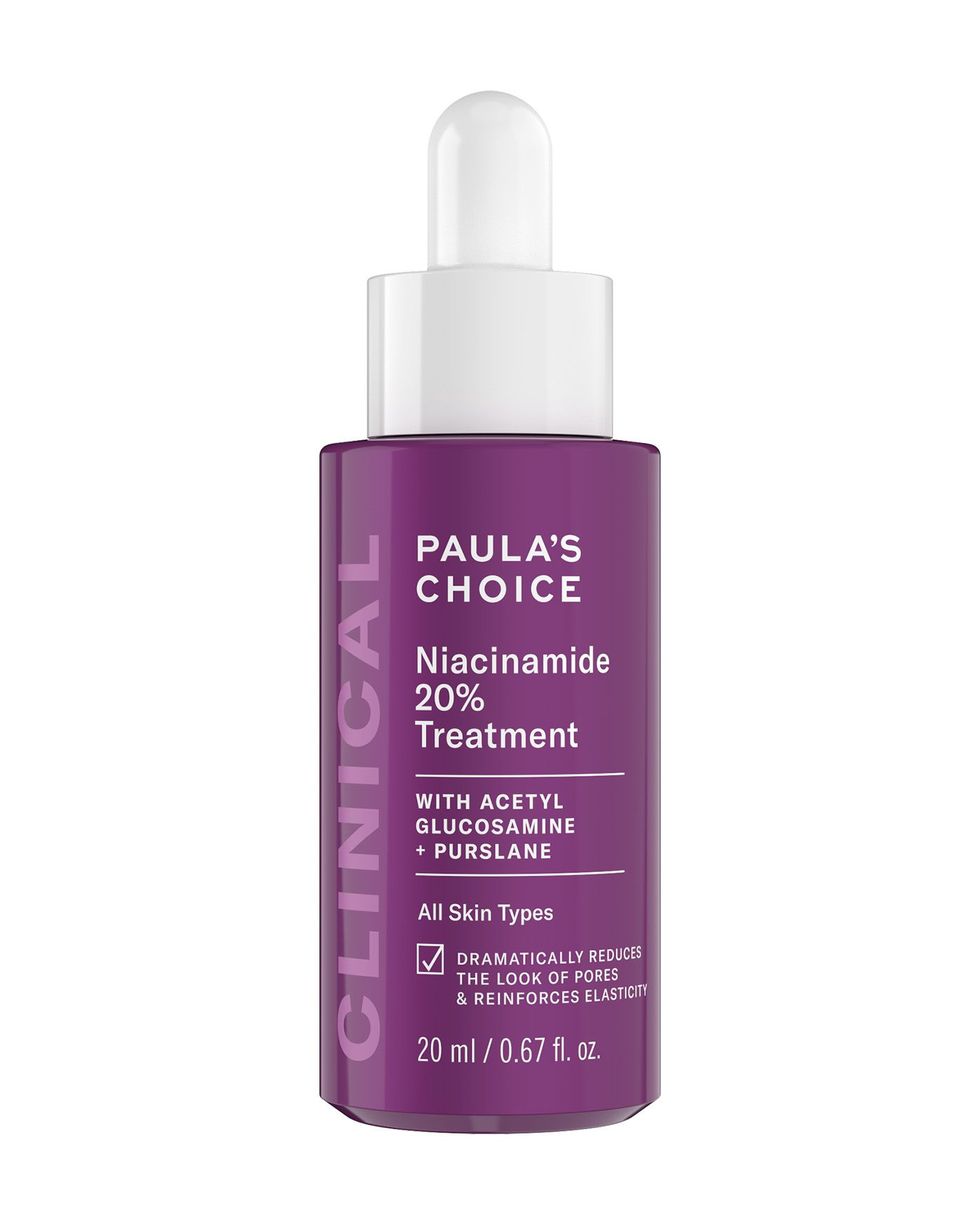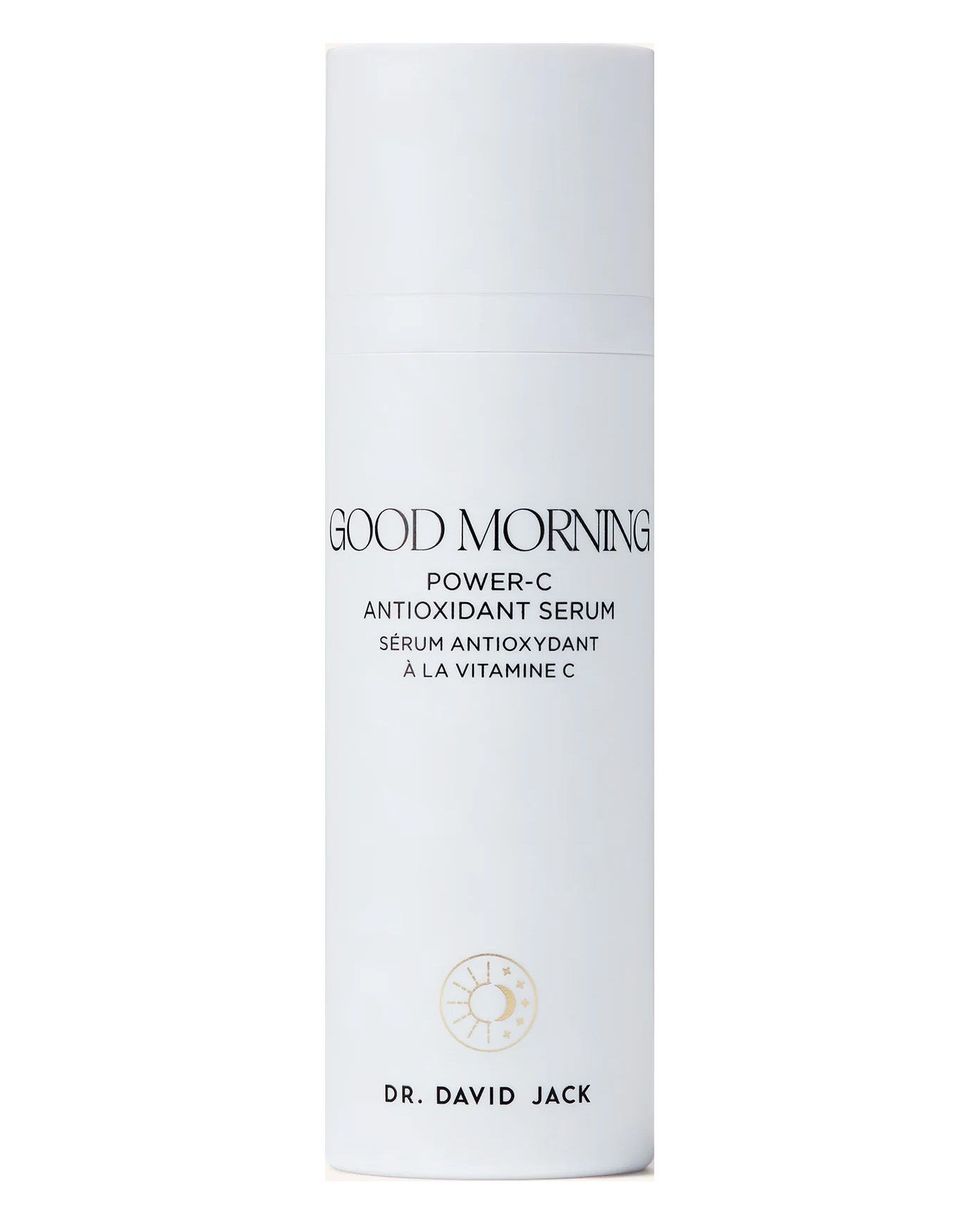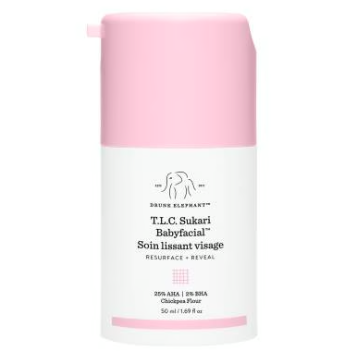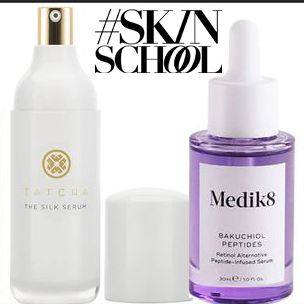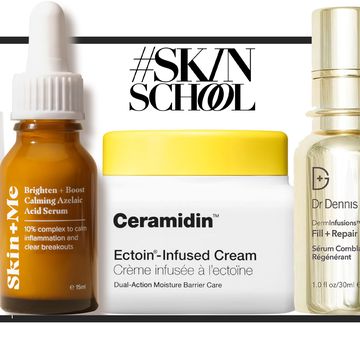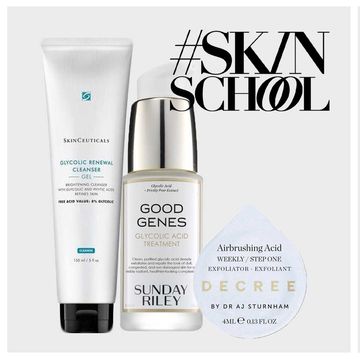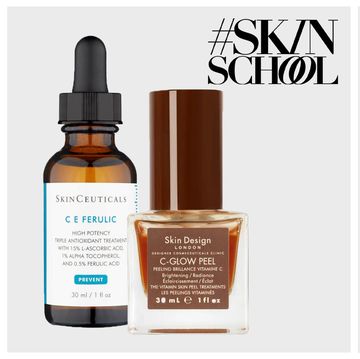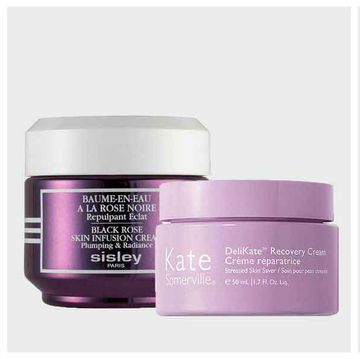It's more common to have an uneven skin tone than to not. Regardless of skin colour, dark spots and patches can appear on any part of the face and body that's been regularly exposed to the sun, or been scarred for whatever reason. It's what's referred to as hyperpigmentation, and it's totally normal – despite some of us finding it problematic.
"Hyperpigmentation is a general term that describes an excessive production of the natural pigment, melanin,” aesthetic doctor Dr David Jack tells Harper's Bazaar. “Hyperpigmentation presents as brown irregular patches on the skin with little surface change,” adds Dr Vanita Rattan, doctor and cosmetic formulator specifically for skin of colour.
Broadly, there are three main types of hyperpigmentation, as Dr Jack explains:
Sun damage hyperpigmentation (also known as sunspots or solar lentigines): “Over time as our skin is exposed to UV, and even blue light from the sun and other sources, it is less able to regulate the production of melanin. As a result, an overproduction of melanin can create distinct pigmented patches on the skin. These are commonly found on the face, hands and chest, and can be seen in all skin types.”
Post-inflammatory hyperpigmentation (PIH): “This occurs in response to inflammation in the skin and is particularly common in darker skin types. It is often the result of acne and scarring, and can happen after facial treatments such as laser, particularly in darker skin types.”
Melasma: “Melasma is a condition where brown or greyish patches of pigmentation develop often as a result of internal body triggers, such as hormone changes like pregnancy and thyroid conditions. Melasma is often worsened by sun exposure and can improve in wintertime.”
How to prevent hyperpigmentation worsening
As revered skin expert Nilam Holmes points out, “prevention is better and cheaper than the cure, so I advise everyone from a young age to protect their skin from harmful UVA and UVB light with a full spectrum sunscreen”.
Dr Rattan concurs. “The most important tip is to wear SPF50 in the morning even if you are staying indoors, as UV rays penetrate through glass and will encourage hyperpigmentation”. So, before you do anything about your skin tone be sure you're applying ample SPF.
Treatment options for hyperpigmentation
When it comes to hyperpigmentation treatments, Dr Jack favours a stepladder process, “starting with the simplest solutions first, testing if they work”. If they don’t, you can gradually ascend to more advanced options.
Step 1: Daily skincare products
He explains that “topical solutions for hyperpigmentation typically work to interrupt the pathways where pigment is produced in the melanocyte cells – they mostly inhibit an enzyme called tyrosinase, which can limit the production of melanin”. Many skincare ingredients have tyrosinase-inhibiting effects, including some of the commonly used 'actives' you’re likely to own, such as vitamin C and retinol. Some stronger ingredients are available on prescription. Here's what to look out for:
Vitamin C works, as Dr Jack explains above, to limit the production of melanin. In addition, “vitamin C together with vitamin E also has strong antioxidant actions that can help reduce and protect the cells of the skin against future UV damage”.
Retinoids (vitamin A) too work in a number of ways to reduce the production of melanin, Dr Jack confirms. Retinoids come in various strengths, so newcomers should try something gentle. "Retinyl palmitate is great for people that are concerned about redness or peeling with stronger retinoids,” he suggests. While Dr Rattan too recommends retinoids, she says to avoid retinoic acid or Retin A if you have darker skin: “This speeds up cell turnover but makes brown skin very sun sensitive which can worsen pigmentation.”
Alpha hydroxy acids (AHAs) “such as mandelic acid, glycolic acid, lactic acid and citric acid all have beneficial actions on existing pigmentation and can reduce melanin production with repeated use,” adds Dr Jack. The favourite of Dr Rattan is mandelic acid. “This is a safe and effective chemical peel especially for Asian, Arabic and African skin types.”
AHAs also have exfoliating effects, meaning “they can help improve the penetration of other skincare products into the skin,” adds Dr Jack.
Kojic acid, ferulic acid, azelaic acid, niacinamide (vitamin B3) and N-acetylglucosamine (NAG) perform in a similar way to vitamin C. “These tyrosinase inhibitors reduce over-production of melanin,” adds Dr Rattan.
Botanical and plant extracts – from liquorice to green tea and mulberry extract – are shown to be effective in the reduction of pigmentation. “Most of these are believed to work in similar ways to the ingredients listed above,” Dr Jack adds.
Whatever you choose, note that topical skincare often requires at least three months of consistent use to yield results.
Step 2: At-home skin treatments
If use of home skincare shows no results after more than three months of consistent use, or you feel that they’re starting to work but want to up the ante, this is when Dr Jack might recommend home treatments such as a peel or mask. “Home peels generally work by exfoliating the skin (to improve penetration of any products) and can have pigment-reduction benefits,” he says. “Most home peels generally use higher concentrations of active ingredients than regular skincare, but lower than those used in professional treatments.” A vast number of options are available for home peeling – from AHAs to retinoids and botanical peels – but approach all with caution. Heed the advice of Dr Rattan regarding AHAs above, especially if you have a dark complexion.
Alongside peels, you could also invest in a LED mask. “These might help over time, but more evidence is needed before we have a good idea about their usefulness,” says Dr Jack. “Results are generally not permanent, so the use of LED really does require commitment – as often as daily use.”
Step 3: Prescription skincare products
When home measures haven't been successful, Dr Jack says it is now time to see a professional. “Most good skin clinics and dermatologists will have a wealth of experience in treating pigmentation issues. Whoever you decide to see should take a full medical history and assess your skin using a variety of methods before making a detailed bespoke plan for your treatments.”
Often a first step will be prescribing skincare products to use at home. At Dr Jack’s clinic, “we will often try a period of strong retinol, such as tretinoin, plus introduce a hydroquinone-based product for about three-to-six months”.
Tretinoin is a prescription-strength retinoid that works with your skin to speed up cell turnover.
Hydroquinone “blocks the production of pigmentation by inhibiting tyrosinase,” explains Dr Jack, adding that it does so in a particularly potent way. However, it is believed to have potential side effects that have limited its use to being prescription only.
If you're unable to visit a clinic, skincare platform GetHarley lets you consult with a skin expert online and access prescription products. Alternatively, personalised skincare platforms like Skin+Me (powered by a team of experts, including dermatologists and pharmacists) also offers access to prescription ingredients.
Step 4: Professional skin treatments
If, after a few months, prescription skincare isn't performing on your hyperpigmentation, or your particular case warrants more intense options, then you might benefit from some in-clinic treatments.
Peels are the most easily accessible treatment for all skin types. Commonest are AHA peels at higher strengths to those performed at home. “AHAs including mandelic, lactic, and glycolic acid are often very beneficial at intermediate strengths when used repeatedly on the pigmentation of most types,” explains Dr Jack. “AHA peels will usually be done once every month for four-to-six months for the best results. They can be combined with other treatments and skincare.”
IPL, meanwhile, works on the premise that high energy light will interact with a corresponding colour target, causing it to heat up and break apart, explains Dr Jack. “With IPL used for hyperpigmentation, when the pigment is fragmented it changes its molecular structure so is removed by the immune system – as it is no longer recognised as the body’s melanin protein.”
He uses the Lumecca system by InMode, “which consistently gives excellent results,” plus downtime is minimal compared to other high energy systems. Holmes agrees that it is the best of its kind on the market. “I have used many different IPL devices over the last 25 years with varying results, but I can reduce hyperpigmentation by 90 per cent within two sessions using the Lumecca,” she says. However, IPL is not suitable or safe for dark skin tones. “For darker skin types I like to treat hyperpigmentation with skin peels and microneedling,” Holmes adds.
Microneedling using a dermaroller can benefit certain types of deeper pigmentation. “The small needles pierce the skin causing micro-injuries,” explains Dr Rattan. “This promotes the body to heal the area and normalise the melanin production process. It is a long treatment with about six sessions needed every three months.” Dr Jack notes that there is a small risk of post-inflammatory hyperpigmentation with this, and that “it is important for darker skin types to check that the clinic has experience in treating darker skin”.
Mesotherapy is another treatment that when done on a regular basis “can be helpful in treating certain cases,” according to Dr Jack. “Mesotherapy involves the very superficial injection of vitamin blends and skin-boosting ingredients such as hyaluronic acid into the deeper layers of the epidermis and upper dermis layer.”
So, when it comes to hyperpigmentation there’s clearly no one size fits all treatment for a more even skin tone. However, if it’s something that concerns you there are multiple options available. Just remember that care must be taken not to worsen matters by causing inflammation – especially if your skin is prone to this, and that prevention is easier than cure.

